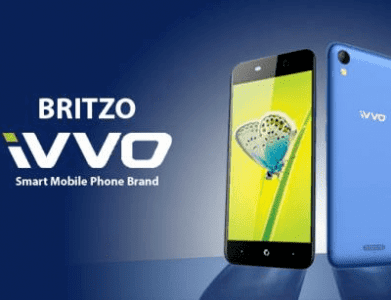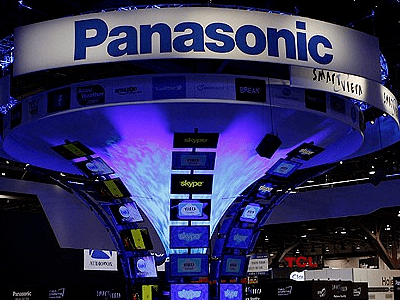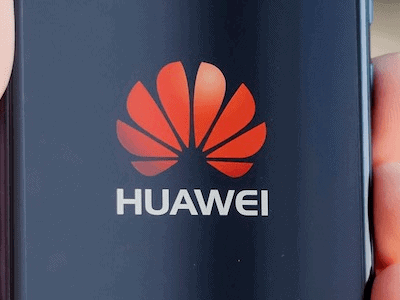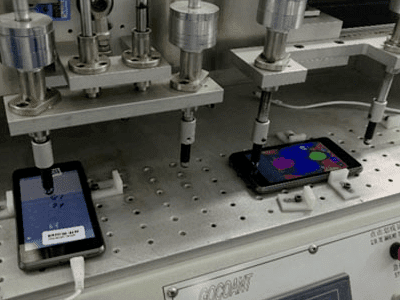 Convergence has been a much talked-about phenomenon. Although, the phenomenon has been developing over the past several decades, it has not yet reached the levels plotted by technology futurists on the devices roadmap, particularly in the communications space. Perhaps one of the reasons could be the emergence of a new breed of devices that was never anticipated, but which grabbed the attention of the masses.
Convergence has been a much talked-about phenomenon. Although, the phenomenon has been developing over the past several decades, it has not yet reached the levels plotted by technology futurists on the devices roadmap, particularly in the communications space. Perhaps one of the reasons could be the emergence of a new breed of devices that was never anticipated, but which grabbed the attention of the masses.
But, yes, with the emergence of so many devices, all of a personal nature, manageability has become an issue. An evolved user wants to carry a smartphone, a Tablet and at times may be a laptop PC or an ‘ultrabook’. The Tablet form factor lies between that of the smartphone and the laptop PC. Being so, it has finally emerged as a ‘meeting point’, a kind of confluence between the smartphone and the laptop PC. And as demand grows, the industry has adopted this trend.
Though we have not seen the smartphone and Tablet biggies like Apple and Samsung taking the lead in terms of convergence between the two form factors, there have been some of the out of box designs by other players like Asus. First with Transformer and now with the PadFone, Asus has set a precedent before the industry on development of converged devices that help users in manageability, besides other benefits of portability and savings on investing on multiple devices.
The Asus PadFone, currently priced at INR 64,999, makes a good purchase option for a user who wants to carry all three form factors and yet wants a consistent experience across platforms. But the premium pricing is expected to attract mid- to senior-level professionals as these executives want their offices to be virtually mobile and available to them 24 x 7 and deliver comfort and ease of use. However, there could also be an opportunity for Asus to address the student community, though at the current high price point this segment would not be in a position to buy the PadFone. It might be a good strategy for Asus to release a students’ edition of the PadFone by adapting the configuration and pricing it under INR 30,000.
On the whole, the device appears to be a promising proposition and is certain to find a niche in theIndiamarket. Eventually, prices would reduce to more reasonable levels and see adoption in larger numbers.












